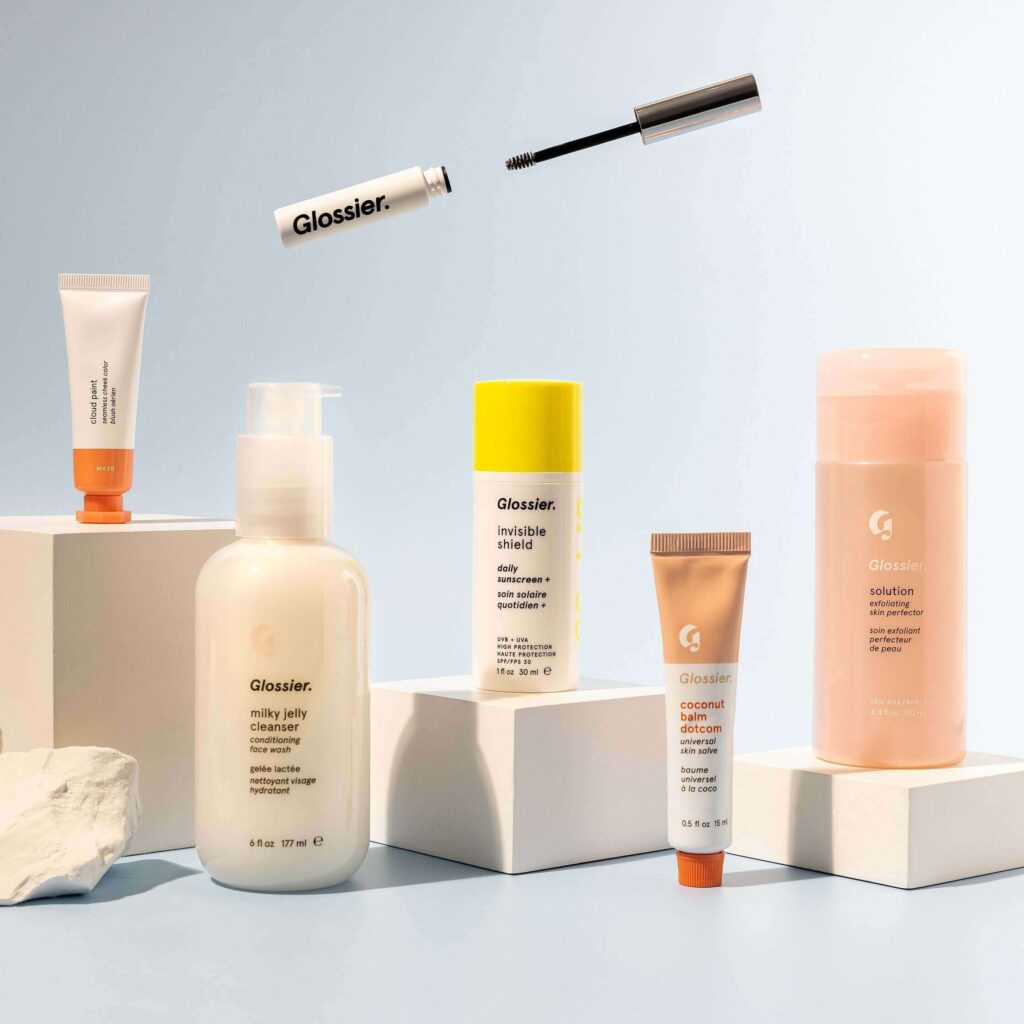Product marketing goes beyond features and benefits. The most successful brands connect with audiences by revealing authentic stories about the people, processes, and purpose behind their offerings. A well-crafted “Behind the Product” PR series builds trust by giving audiences an inside look at product development journeys, founder motivations, and real human experiences. According to Meltwater’s analysis of top PR campaigns in 2024, brands that incorporate transparent storytelling see up to 47% higher engagement rates compared to traditional product-focused messaging. This comprehensive guide examines proven strategies for creating compelling behind-the-scenes narratives that resonate with media and consumers while building lasting brand value.
5WPR Insights
The Foundation: Understanding Founder Intent
The story of why a product exists often proves more compelling than what it does. Successful behind-the-scenes PR starts with uncovering and articulating authentic founder motivations. Apple’s “Heartstrings” campaign demonstrated this by connecting product innovation to Steve Jobs’ vision of technology enriching human lives. The campaign achieved 89% positive sentiment in media coverage by focusing on purpose over specifications.
To effectively showcase founder intent, start by conducting deep-dive interviews focused on key moments and decisions in the founding journey. Ask about specific challenges overcome, lessons learned, and the personal experiences that shaped the product vision. Document both successes and setbacks – audiences connect more with authentic struggle than polished perfection.
Structure these founder stories around clear themes that align with brand values while maintaining authenticity. For example, Patagonia effectively weaves founder Yvon Chouinard’s environmental activism throughout their product storytelling. This consistent narrative thread helps media and consumers understand how personal values translate into business decisions.
Creating Transparency Through Process Visibility
Showing how products come to life builds credibility and emotional investment. California Pizza Kitchen demonstrated this in 2024 by responding to a viral customer complaint with behind-the-scenes videos of their kitchen processes and quality control measures. This transparency led to a 312% increase in positive brand mentions.
Document key stages of product development through:
- Photo and video content showing prototyping, testing, and refinement
- Employee interviews explaining technical challenges and solutions
- Time-lapse footage of manufacturing or creation processes
- Before/after comparisons highlighting improvements
- Raw material sourcing and sustainability practices
Structure this content as an ongoing narrative rather than isolated glimpses. Show how customer feedback shapes iterations and improvements. For example, Glossier regularly shares product development updates on social media, bringing customers into the creation process.
When revealing processes, maintain appropriate boundaries around proprietary information while still providing meaningful insights. Focus on elements that demonstrate quality, care, and commitment to customer needs.
Crafting Human-Centric Narratives
The most memorable PR campaigns put human experiences at the center. Dove’s “Real Beauty” campaign achieved global recognition by featuring authentic customer stories that challenged beauty standards. This approach generated over 4.6 billion media impressions in its first year.
Identify compelling human narratives by:
- Interviewing customers about product impact on their lives
- Profiling employees who contribute unique expertise
- Documenting how community feedback shapes development
- Sharing stories of partnerships and collaborations
- Highlighting unexpected uses and applications
Present these stories through multiple formats including written profiles, video interviews, photo essays, and podcast episodes. Mix professional polish with authentic moments that feel genuine rather than staged.
Distribution Strategies for Maximum Impact
Even powerful stories need strategic distribution to reach target audiences. Research shows that integrated, multi-channel approaches generate 3x more engagement than single-platform campaigns.
Optimize story placement through:
Media Relations
- Craft targeted pitches highlighting unique angles for different outlets
- Provide comprehensive press kits with visual assets
- Arrange founder and customer interviews
- Host media preview events showing behind-the-scenes processes
Social Media
- Share bite-sized story elements optimized for each platform
- Use platform-specific features like Instagram Stories for real-time glimpses
- Encourage employee and customer content sharing
- Create dedicated hashtags for campaign cohesion
Owned Channels
- Develop detailed case studies for company blog
- Include story elements in email marketing
- Create dedicated campaign landing pages
- Integrate narratives into product packaging
Measuring Success and Impact
Track both quantitative and qualitative metrics to assess campaign effectiveness:
Quantitative Metrics
- Media mentions and sentiment analysis
- Social media engagement rates
- Website traffic to campaign content
- Email open and click-through rates
- Sales correlation during campaign periods
Qualitative Indicators
- Depth and quality of media coverage
- Customer feedback and testimonials
- Industry recognition and awards
- Employee pride and engagement
- Partner relationship strength
Avoiding Common Pitfalls
Several challenges can undermine behind-the-scenes storytelling efforts:
Maintaining Authenticity
- Avoid overly scripted or promotional language
- Show real processes and people, not staged representations
- Address challenges openly while maintaining professionalism
- Keep founder stories genuine and relatable
Protecting Sensitive Information
- Establish clear guidelines for shareable content
- Review all materials for competitive intelligence risks
- Train spokespersons on appropriate disclosure levels
- Have legal team review campaign materials
Maintaining Consistency
- Develop clear narrative guidelines
- Create content calendars to pace revelations
- Align all stakeholders on messaging strategy
- Plan content series rather than isolated stories
Conclusion
Effective “Behind the Product” PR campaigns build lasting connections by revealing authentic stories about people, processes, and purpose. Success requires careful planning, strategic execution, and consistent measurement. Focus on genuine founder intent, meaningful process visibility, and compelling human narratives while maintaining appropriate boundaries. Track both quantitative and qualitative results to optimize impact over time.
To get started:
- Document your founder’s story and core motivations
- Map key product development processes to showcase
- Identify compelling customer and employee narratives
- Create a multi-channel distribution strategy
- Establish measurement frameworks
- Develop guidelines for authentic storytelling
Remember that behind-the-scenes content should feel natural and authentic rather than overly polished. Let real people, processes, and purposes shine through while maintaining professional standards and protecting sensitive information.

More PR Insights
Making Pricing Pages Tell Your Brand Story
How To Hire And Structure An Effective In-House Brand Journalism Team
Inclusive Workplace Communication: Strategies To Support Neurodiverse Teams